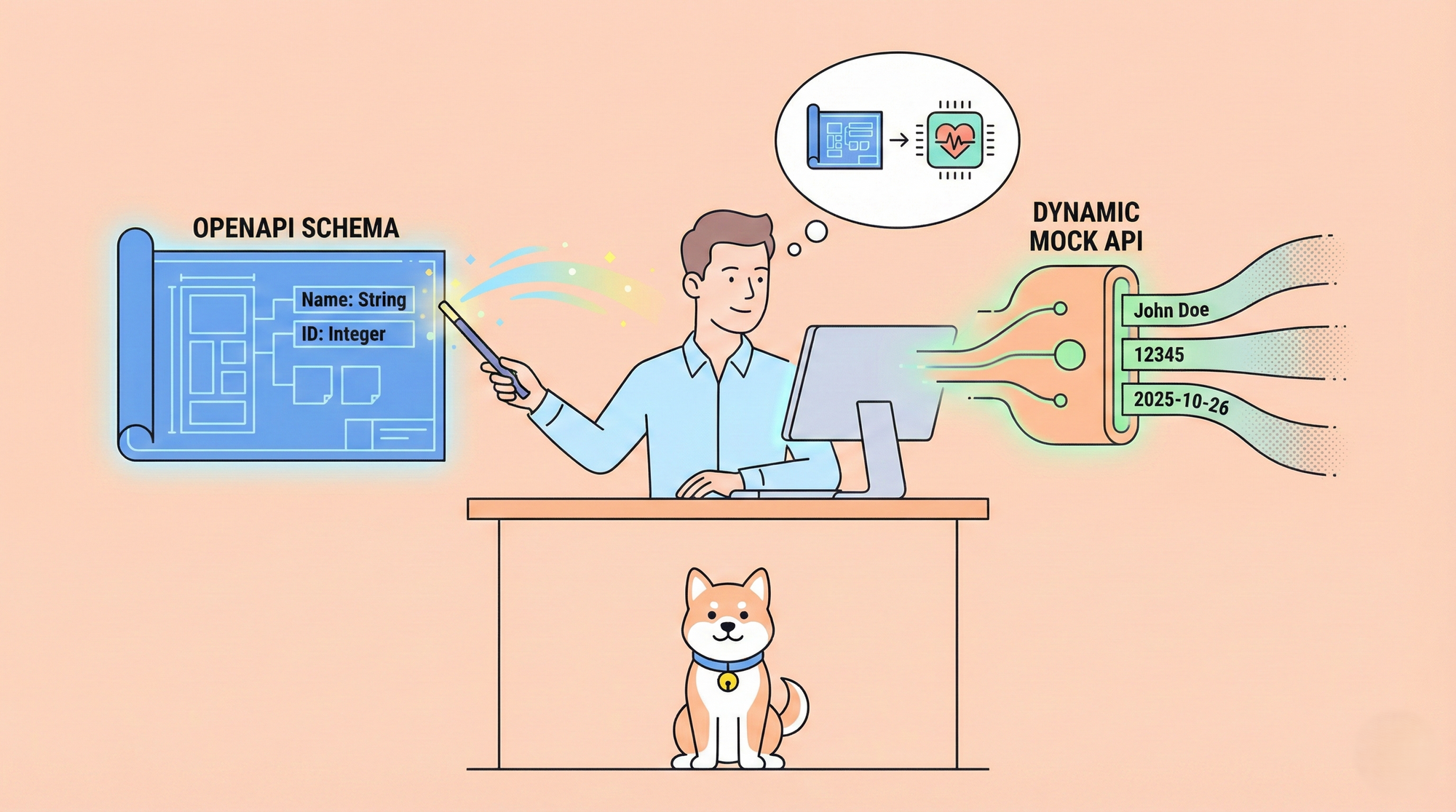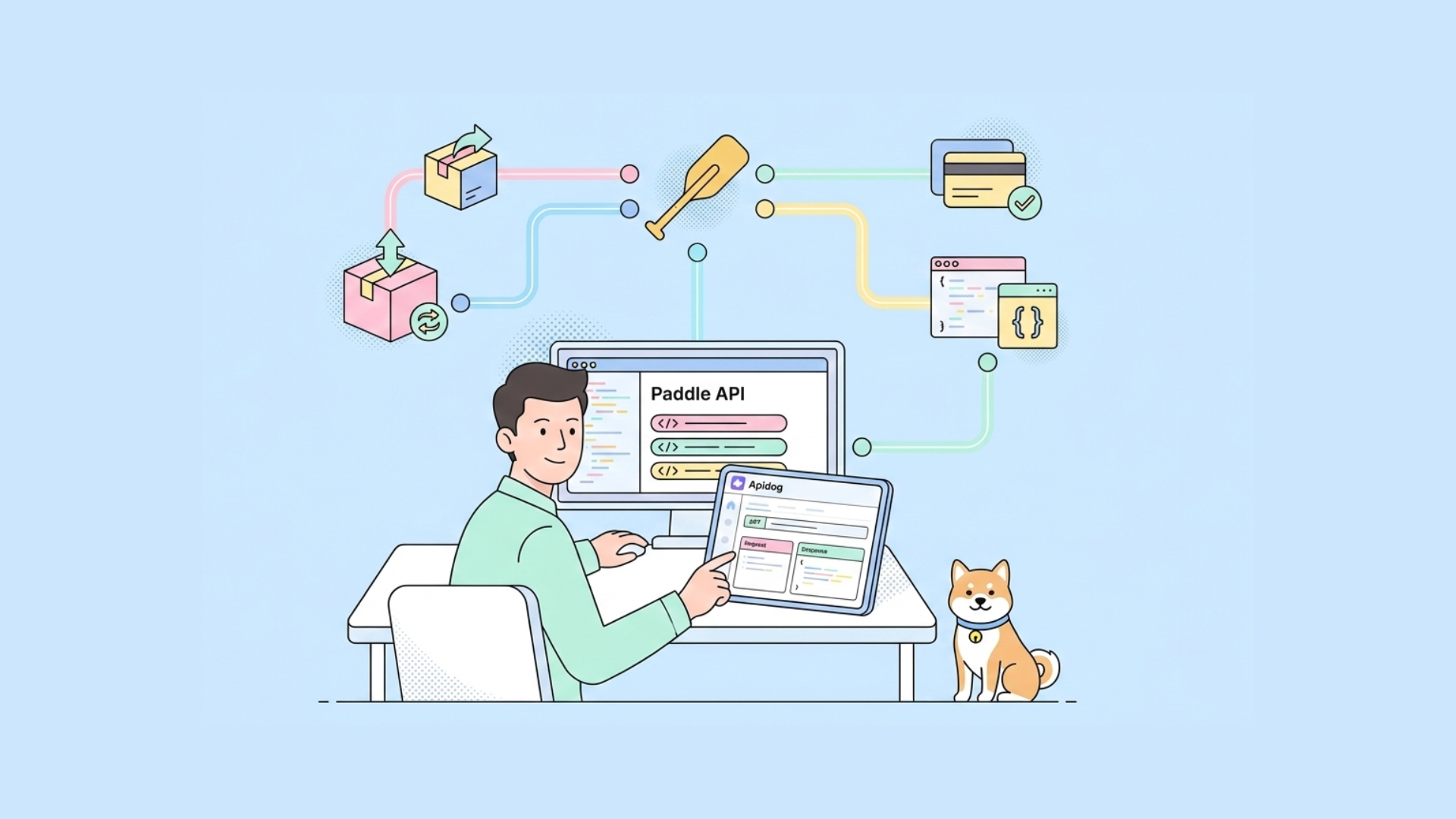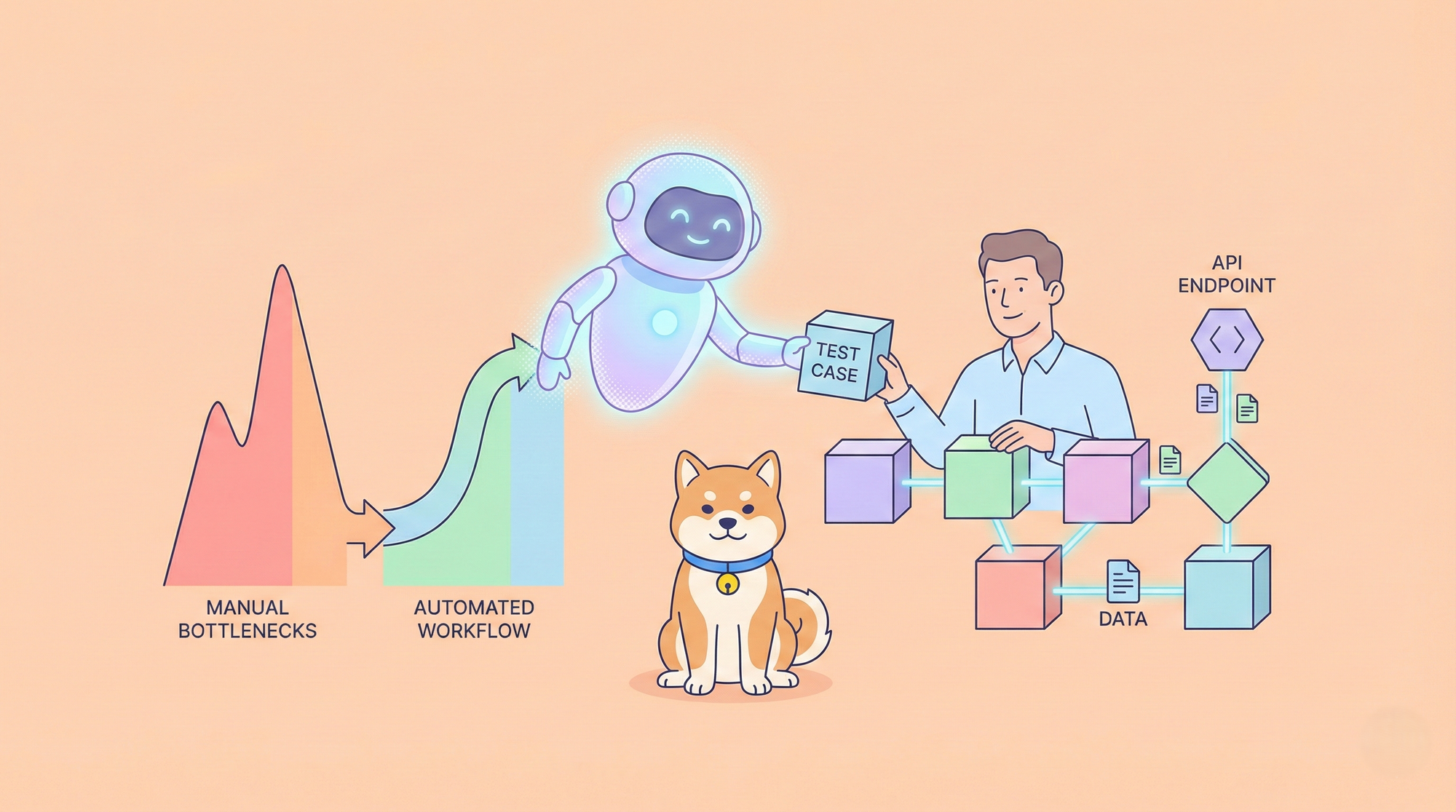OpenAPI callbacks and webhooks are essential components in modern application networks, enabling seamless real-time communication. Whenever you receive a notification about a status update or an event, chances are an OpenAPI callback or a webhook is at work. From order confirmations to social media updates, these mechanisms power many features we rely on daily. Understanding how OpenAPI callbacks and webhooks operate is crucial for developers looking to create efficient, responsive applications. In this article, we'll delve into the workings of OpenAPI callbacks and webhooks, discuss their differences, and explore practical examples of their use.
OpenAPI Callbacks
OpenAPI callbacks are a powerful feature in the OpenAPI Specification that allow an API to call back to the client with information once a specific event occurs. Unlike the traditional request-response model, where the client sends a request to the server and waits for a response, callbacks enable the server to send data back to the client asynchronously. This is particularly useful for scenarios where the server needs to notify the client about updates or changes without requiring the client to continuously poll the server for new information.
The primary purpose of OpenAPI callbacks is to facilitate asynchronous communication in a standardized way within the API's specification. By defining callbacks in the OpenAPI document, developers can clearly outline the conditions under which the server will send a callback, the endpoint that will receive the callback, and the structure of the callback data. This level of specification ensures that both the API provider and consumer have a clear understanding of how asynchronous notifications will be handled, promoting better integration and interoperability.
In essence, OpenAPI callbacks enhance the capability of APIs to support real-time interactions and event-driven architectures, making them more dynamic and responsive to changing conditions.
How OpenAPI Callbacks Work
OpenAPI callbacks enable a server to send asynchronous notifications to a client once certain events occur. This mechanism involves several key steps to ensure effective communication and integration between the client and server.
Here’s a general overview of how OpenAPI callbacks work:
Client Provides a Callback URL:
- When making an API request, the client includes a callback URL in the request body or as part of the API endpoint. This URL specifies where the server should send the callback once the event is triggered.
Server Processes the Request:
- The server receives the client’s request and processes it accordingly. As part of the processing, the server stores the provided callback URL for future use.
Event Occurs:
- The specific event or condition that triggers the callback occurs. This could be anything from a new data entry, a status change, or any predefined condition that the API supports.
Server Sends Callback Request:
- Upon the occurrence of the specified event, the server makes an HTTP request to the client's callback URL. This request typically includes data related to the event, formatted as specified in the OpenAPI document.
Client Handles the Callback:
- The client’s server receives the callback request and processes the data accordingly. This might involve updating a database, triggering other processes, or notifying users of the event.
Response to Callback:
- The client can send a response back to the server to acknowledge the receipt and processing of the callback. This step ensures that the server knows the callback was successfully delivered and handled.
Example OpenAPI Specification with Callbacks
Here’s an example to illustrate how callbacks are defined and used in an OpenAPI document:
paths:
/items:
post:
summary: Create a new item
requestBody:
required: true
content:
application/json:
schema:
$ref: '#/components/schemas/NewItem'
responses:
'201':
description: Item created successfully
callbacks:
onItemCreated:
'{$request.body#/callbackUrl}':
post:
requestBody:
description: Callback payload containing the new item
content:
application/json:
schema:
$ref: '#/components/schemas/Item'
responses:
'200':
description: Callback acknowledged
components:
schemas:
NewItem:
type: object
properties:
name:
type: string
callbackUrl:
type: string
Item:
type: object
properties:
id:
type: string
name:
type: string
In this example:
- The client sends a POST request to create a new item, including a
callbackUrlin the request body. - When the item is created, the server sends a POST request to the specified
callbackUrlwith details of the newly created item. - The client receives and processes the callback, then sends a response to acknowledge it.
By following these steps, OpenAPI callbacks enable efficient and asynchronous communication between clients and servers, enhancing the responsiveness and interactivity of web applications.
Webhooks
Webhooks are a method for web applications to communicate with each other in real-time. They enable a server to send data to a client whenever a specific event occurs, without the client having to continuously check (or poll) the server for updates.
How Webhooks Work
1. Subscription:
The process begins with the client registering a URL with the server where it wants to receive updates. This URL is often referred to as the webhook endpoint. For instance, an e-commerce site may register a webhook URL with a payment processor to get notified when a transaction completes. The registration typically includes details about the events the client is interested in, such as "payment completed" or "order shipped."
2. Event Trigger:
When the specified event occurs on the server, it triggers the webhook. For example, when a customer completes a payment on an e-commerce site, the payment processor recognizes this as a "payment completed" event. This event acts as a trigger that prompts the server to prepare and send an HTTP POST request to the registered webhook URL.
3. Data Transmission:
The server sends the POST request to the client's webhook endpoint, including data about the event. This data is usually formatted in JSON and contains relevant information. In the payment processor example, the POST request might include details such as the payment amount, transaction ID, and customer information. This allows the client to understand what happened and take appropriate action.
4. Client Handling:
Upon receiving the POST request, the client's application processes the data. This might involve updating a database, triggering other workflows, or notifying users. For example, the e-commerce site might update the order status to "paid" and send a confirmation email to the customer. The client needs to acknowledge receipt of the webhook, often by sending a 200 OK response back to the server.
Practical Use Cases
E-commerce:
Webhooks are widely used in e-commerce to maintain up-to-date information and automate processes. For example, an online store can use webhooks to automatically update inventory levels when a sale is made, ensuring that stock levels are accurate without manual intervention. Additionally, webhooks can notify warehouse management systems to prepare orders for shipping as soon as payment is confirmed.
Social Media:
Social media platforms use webhooks to provide real-time updates to users. For instance, when someone tags you in a photo on a platform like Instagram, a webhook can notify an application that sends you an instant push notification. This ensures you are immediately aware of new interactions, enhancing user engagement and satisfaction.
CI/CD Pipelines:
In software development, webhooks play a crucial role in continuous integration and continuous deployment (CI/CD) pipelines. For example, a webhook can be set up to trigger a build process whenever code is pushed to a repository like GitHub. This automation ensures that new code changes are quickly integrated, tested, and deployed, speeding up the development lifecycle and improving code quality.
Key Advantages
Efficiency:
Webhooks eliminate the need for clients to continuously poll the server for updates. This reduces bandwidth usage and server load, as data is only transmitted when an event occurs. For example, instead of an application repeatedly checking if a payment is complete, it only receives a notification when the transaction is finalized.
Timeliness:
Webhooks provide instant notifications, allowing applications to respond to events in real-time. This immediacy enhances the user experience by providing timely updates. For instance, a user receives an immediate confirmation email as soon as their payment is processed, rather than experiencing a delay.
Simplicity:
Implementing webhooks is straightforward and can be easily integrated into existing systems. Developers simply need to set up a webhook endpoint and handle incoming POST requests. For example, adding a webhook to an existing application can often be done with just a few lines of code, making it an accessible and powerful tool for real-time communication.
Webhooks are integral to modern web applications, enabling real-time, event-driven communication and automation across a wide range of use cases. Their simplicity and efficiency make them a preferred choice for developers looking to enhance the responsiveness and interactivity of their applications.
Key Differences Between OpenAPI Callbacks and Webhooks
While OpenAPI callbacks and webhooks both facilitate asynchronous communication between servers and clients, they have distinct differences in their implementation, usage, and scope. Here’s a detailed look at how they compare:
Definition and Use
OpenAPI callbacks are a feature within the OpenAPI Specification that allows an API to define endpoints that the server will call back to the client once specific events occur. They are part of the API contract and documented within the API's definition. Primarily, they are used within the context of a defined API operation, specified by the client at the time of the API request, and used to handle asynchronous responses related to that particular operation. For example, a client making a request to create an item in a database might include a callback URL where the server will send a notification once the item is successfully created.
On the other hand, webhooks are user-defined HTTP callbacks triggered by specific events on a server. Unlike OpenAPI callbacks, webhooks are not confined to a particular API specification and are generally used for broader event-driven communication between services. Webhooks are used for various purposes beyond the scope of individual API operations and are typically set up through a subscription process where the client registers an endpoint with the server to receive notifications for specific events. For example, an e-commerce platform might send a webhook to notify a third-party service whenever a new order is placed.
Client vs. Server Initiation
OpenAPI callbacks are initiated by the client during an API request. The client specifies the callback URL and the conditions under which the callback should be triggered. For instance, a payment API where the client includes a callback URL in the payment initiation request to receive updates about the transaction status. Webhooks, in contrast, are set up through a subscription process where the client registers the endpoint with the server. The server then sends notifications to the endpoint whenever the subscribed event occurs. An example is a continuous integration service where the client registers a webhook URL to receive updates whenever code is pushed to a repository.
Use Cases and Context
OpenAPI callbacks are best suited for scenarios where asynchronous responses are tied to specific API operations, such as handling long-running tasks where the server notifies the client upon completion. Webhooks are ideal for broader event-driven integrations across different services and platforms, such as real-time notifications for social media interactions.
What is Apidog and how can it help?
Apidog is a comprehensive API development platform that provides tools for designing, testing, and managing APIs. It helps developers streamline the entire API lifecycle, from initial design to deployment and monitoring.

Apidog offers intuitive tools for designing APIs, including support for OpenAPI specifications. Developers can create and visualize API endpoints, models, and relationships, ensuring clear and accurate API documentation. The platform includes robust testing capabilities, allowing developers to create and execute test cases for their APIs. This ensures that APIs are reliable and perform as expected before deployment.
Additionally, Apidog provides mock server functionality, enabling developers to simulate API responses during development. This helps in testing client applications even when the actual API is not yet available. Apidog facilitates collaboration among development teams by providing shared workspaces and version control for API specifications. This ensures that all team members are aligned and can contribute effectively to API development.
Conclusion
Understanding OpenAPI callbacks and webhooks is essential for developers working with modern web applications. Both mechanisms provide a way for servers to communicate asynchronously with clients, but they serve different purposes and are used in distinct contexts. OpenAPI callbacks are defined within the API's specification and are initiated by the client for specific operations, making them ideal for handling asynchronous responses tied to particular API requests. In contrast, webhooks are more versatile, allowing servers to notify clients about a wide range of events, making them suitable for broader event-driven integrations.
Tools like Apidog can significantly enhance the API development process. Apidog offers a comprehensive suite of tools for designing, testing, and managing APIs, supporting developers throughout the entire API lifecycle. By leveraging Apidog's capabilities, developers can ensure that their APIs are well-documented, thoroughly tested, and efficiently managed, leading to higher-quality, more reliable applications.
In summary, mastering both OpenAPI callbacks and webhooks can greatly improve the efficiency and effectiveness of API development, leading to better integration, real-time communication, and overall application performance.



